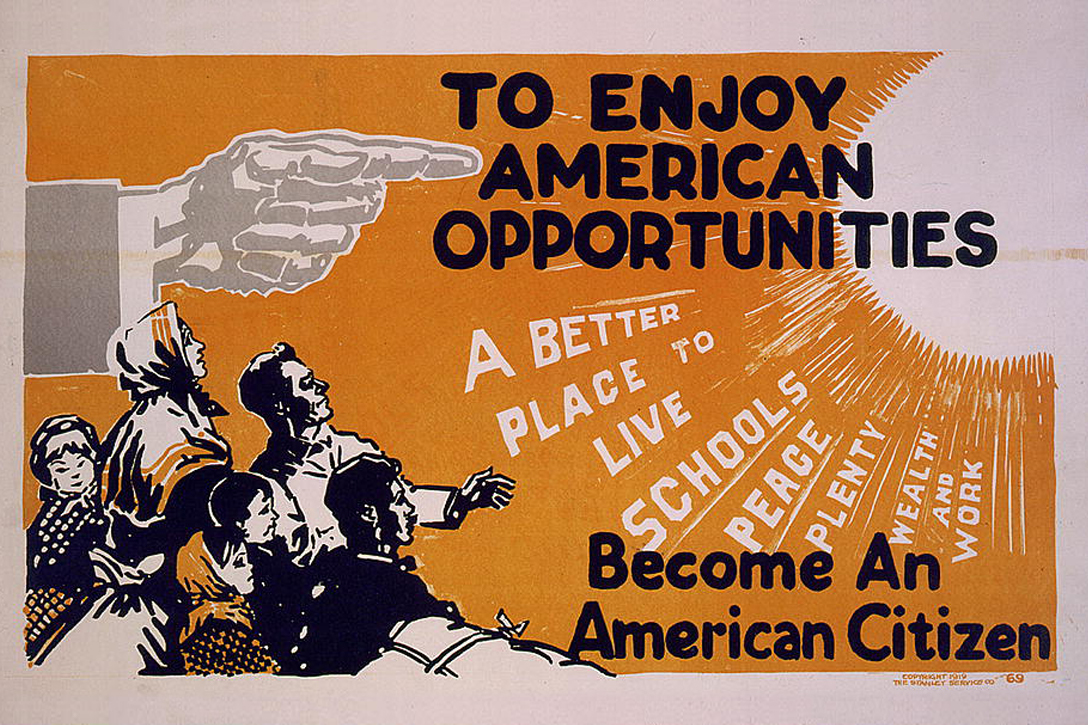We’re taught the proud history of a land built by welcomed immigrants. But the truth about their reception is more complicated.
We ran this op-ed last Fourth of July, never thinking that immigrants would face even more brutality. Given America’s history, we should not have been surprised.
My ancestors — and likely yours — came to the US from somewhere else.
My grandparents arrived in one of history’s great waves of immigration — more than 15 million (largely from Italy, Poland, Hungary, and Russia) poured in between 1900 and 1915.
These were mostly people escaping persecution, violence, famine. People who believed that this country could give them a second chance — in line with the promise, articulated in the Declaration of Independence, that all of us “are created equal, … endowed by their Creator with certain unalienable rights … life, liberty and the pursuit of happiness.”
Most of those who arrived here had little education and few skills. Yet, in 1902, Republican President Teddy Roosevelt asked religious leaders to help these newcomers.
“[W]e have the duty peculiarly incumbent upon us to take care of our brethren who come each year from overseas to our shores,” Roosevelt said. “I feel that we should be peculiarly watchful over them, because of our own history, because we or our fathers came here under like conditions.”
But if the US has been a beacon to immigrants, it also has nurtured anti-immigrant hostility.
It did not take long for the backlash to begin. The older immigrants from Germany, England, and Ireland were alarmed by the waves of new people. In 1894, an Immigration Restriction League was founded, and soon had chapters in several large US cities.
The League did not want to allow anyone into the US who could not read at least 40 words in any language, considering such people “undesirable” and unable to assimilate. Congress repeatedly tried to impose such a restriction, only to be blocked by presidential veto. Lawmakers finally succeeded in passing a literacy requirement in 1917.

Between 1890 and 1920, there were 50 documented lynchings of Italian immigrants. They were considered alien, criminal, and suspect. The New York Times editorialized about “’sneaking and cowardly Sicilians … who have transported to this country the lawless passions, the cut-throat practices, and the oath-bound societies of their native country,” calling them “a pest without mitigation” There was a widespread suspicion that most Italians belonged to criminal gangs or were terrorists.
In 1902, the same year he urged kindness to newcomers, Roosevelt’s Treasury Department ordered all immigrants with tuberculosis barred from entering the country, despite the protests of physicians who claimed that fear of the disease was greatly exaggerated, that it was only contagious under certain conditions, and that it could be treated.
By the mid-1920s, America’s “welcome” sign to immigrants from southern and eastern Europe had been officially taken down.
In 1929, fearing a surge of Mexican immigrants, two members of Congress — a Republican who believed in the superiority of certain ethnic groups and a white supremacist Democrat — teamed up to author a law that made the act of “unlawfully entering the country” a crime; a misdemeanor the first time, but a felony for a second attempt. That law helped justify Attorney General Jeff Sessions’s decision to arrest and detain immigrants at the border and separate them from their children.

And yet immigrants still try to come to this country. If many have lost faith in the American dream, these risk-takers have not. They continue to believe that this is a nation that offers freedom and opportunity, and a safe haven in an unstable world.
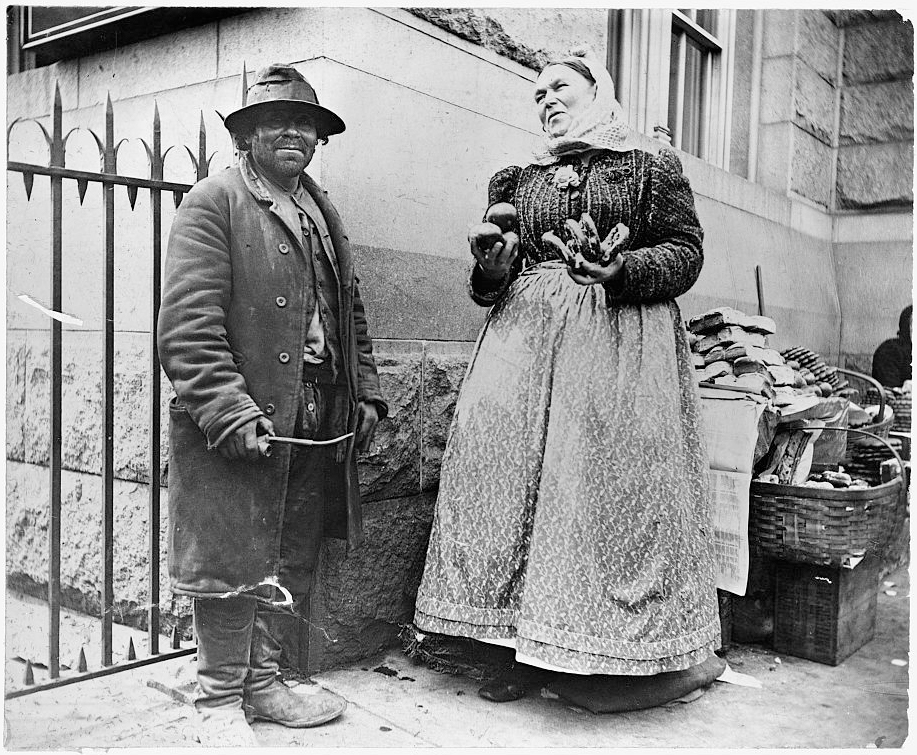
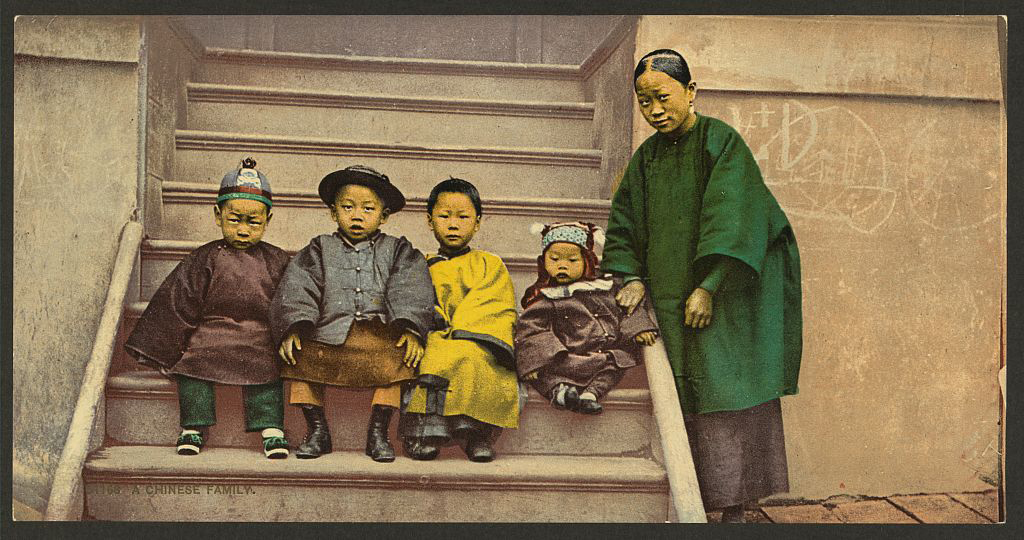
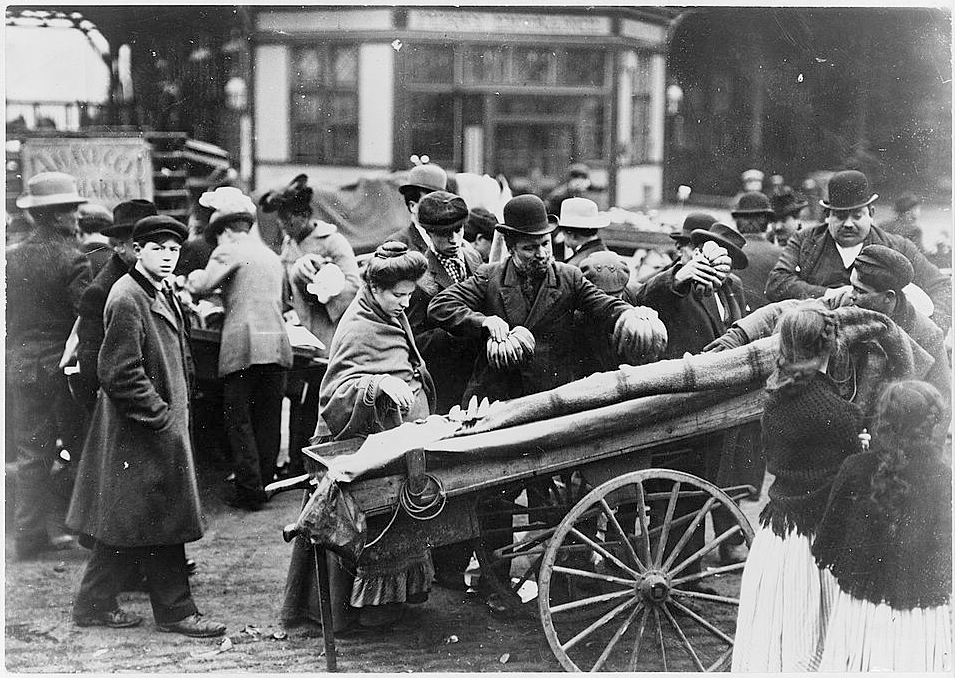
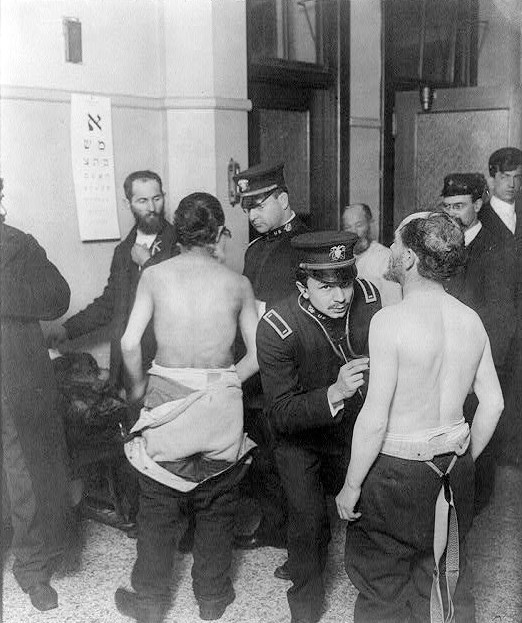
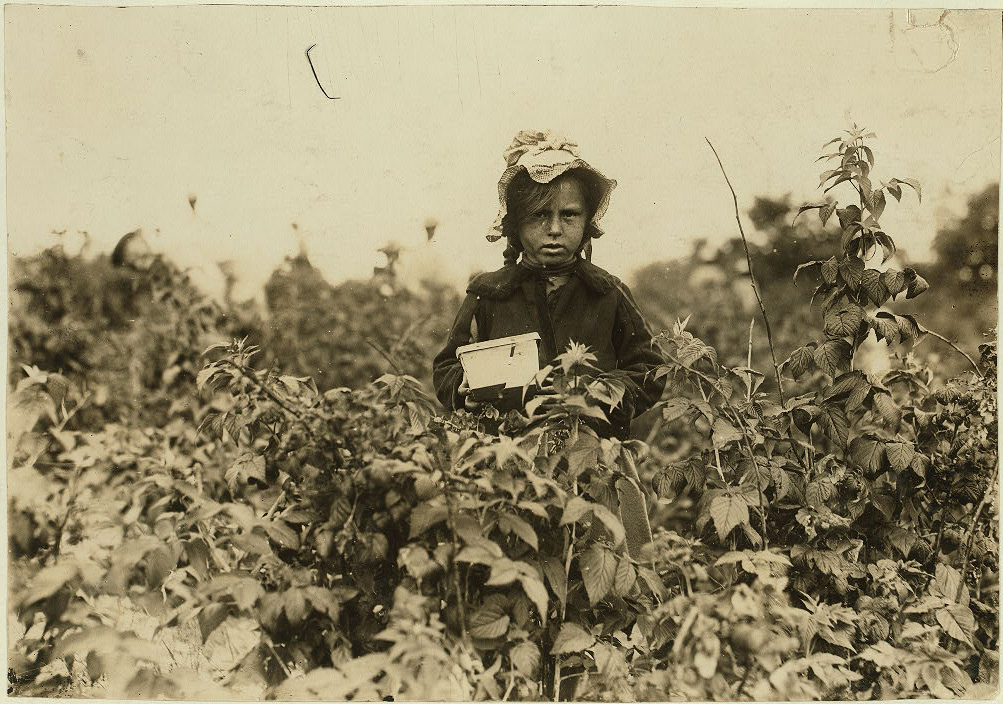
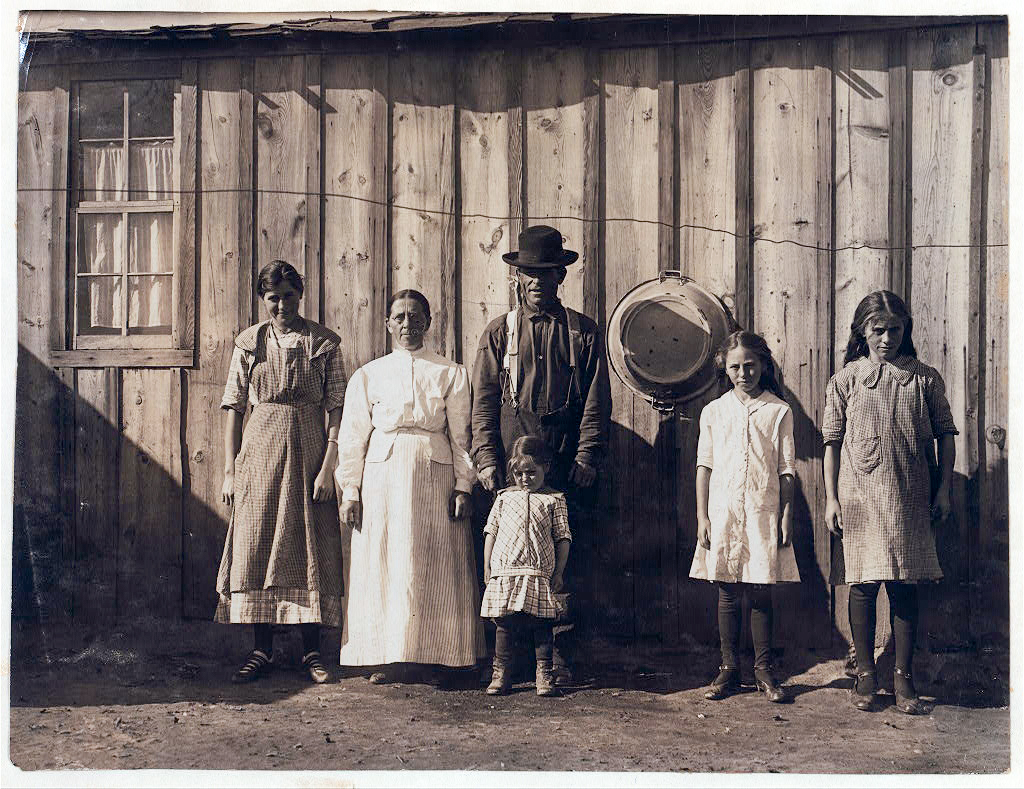
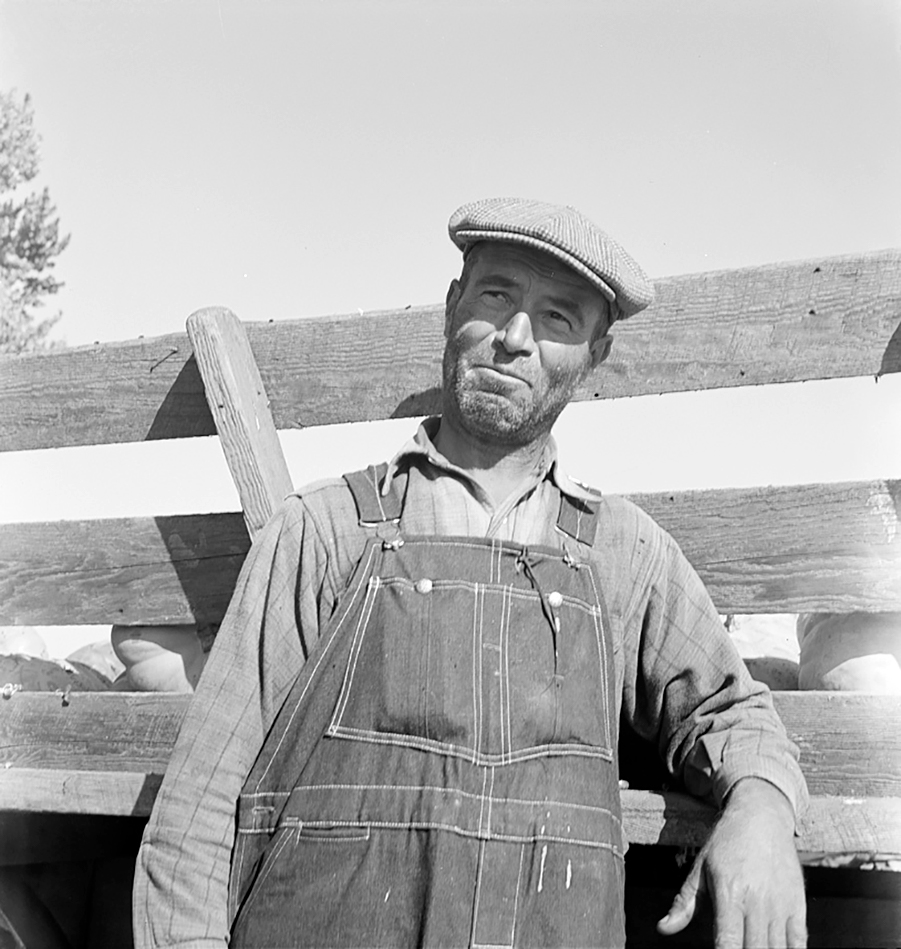
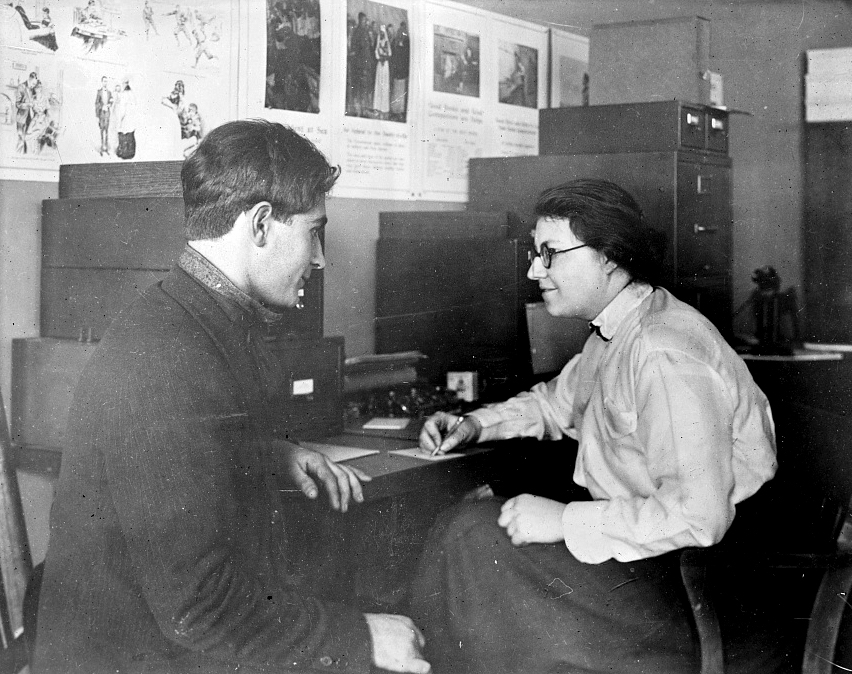
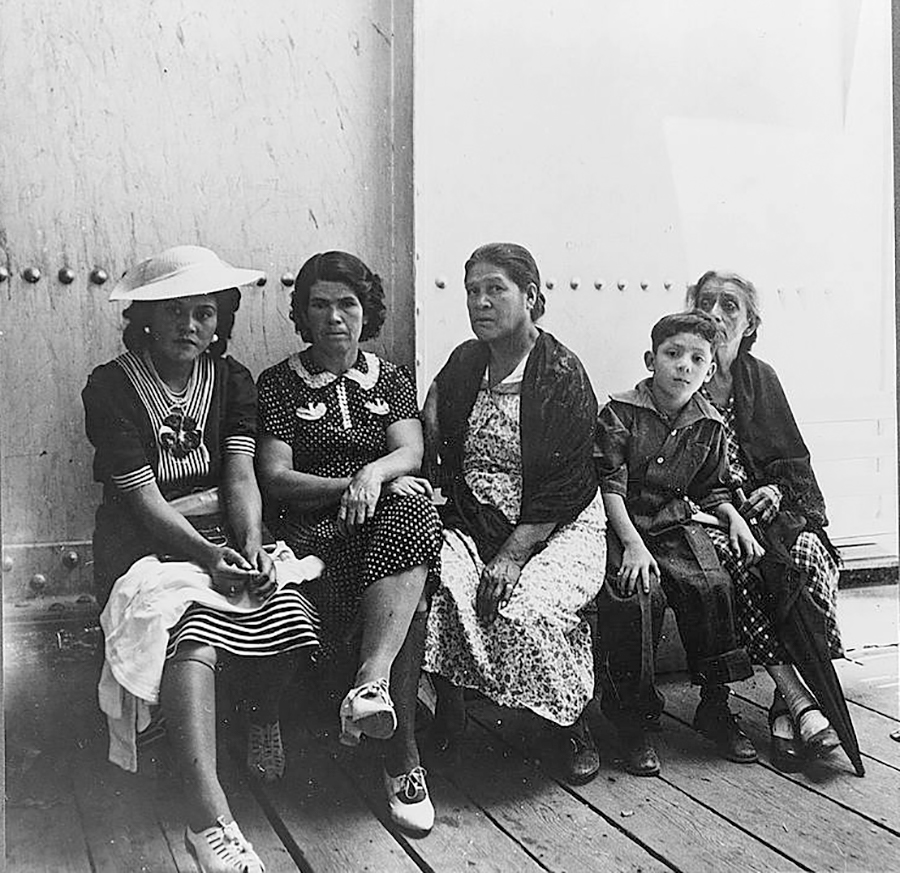
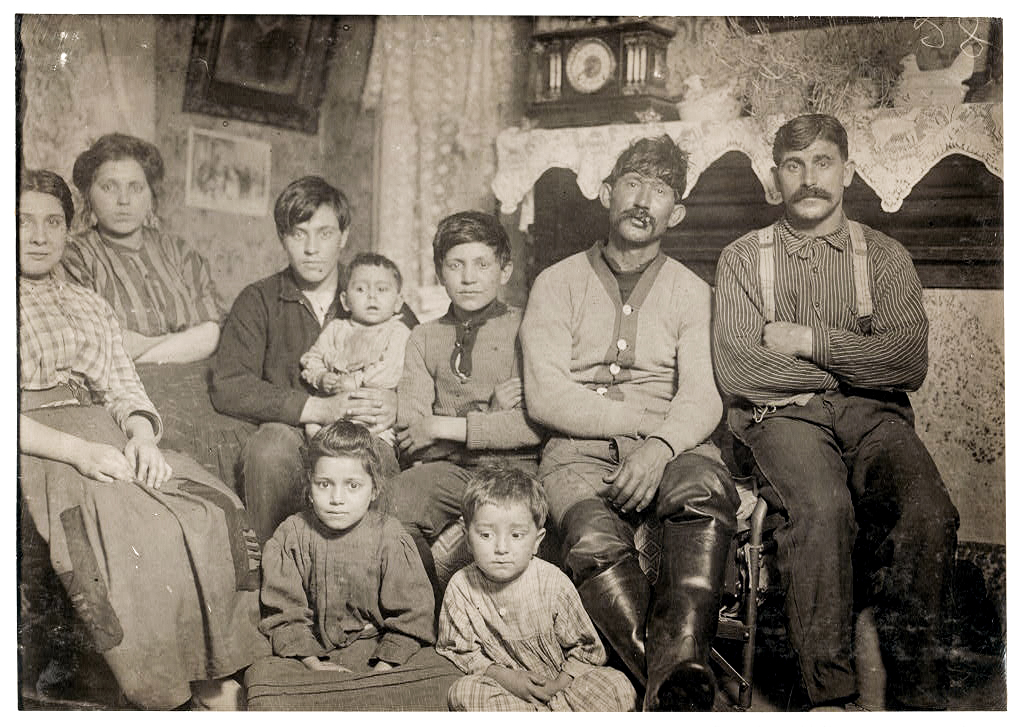
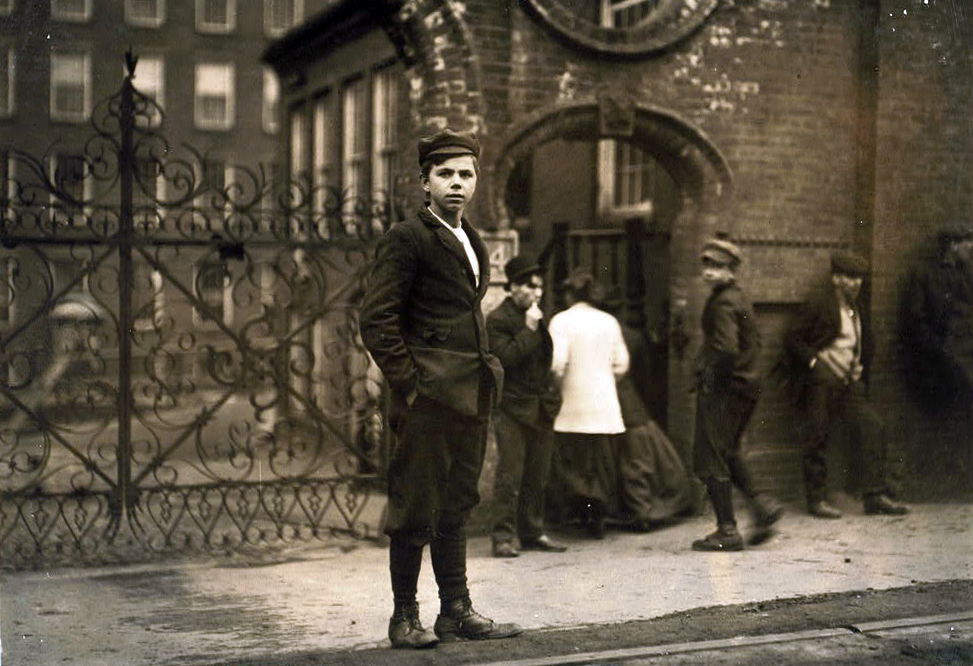
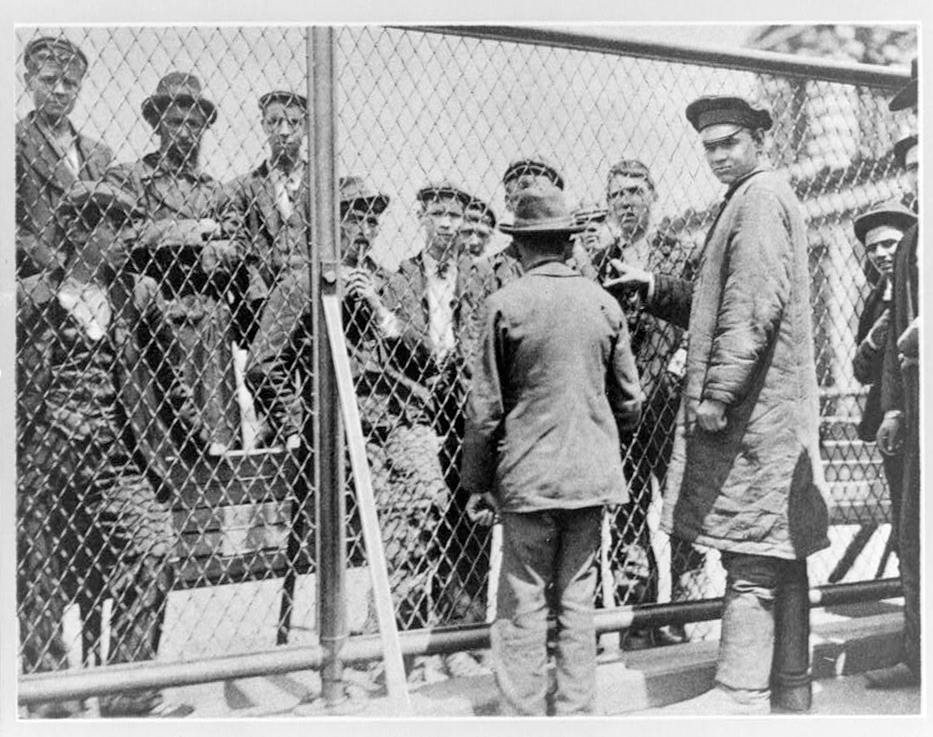

Related front page panorama photo credit: Adapted by WhoWhatWhy from naturalization class (National Photo Company / Library of Congress).
